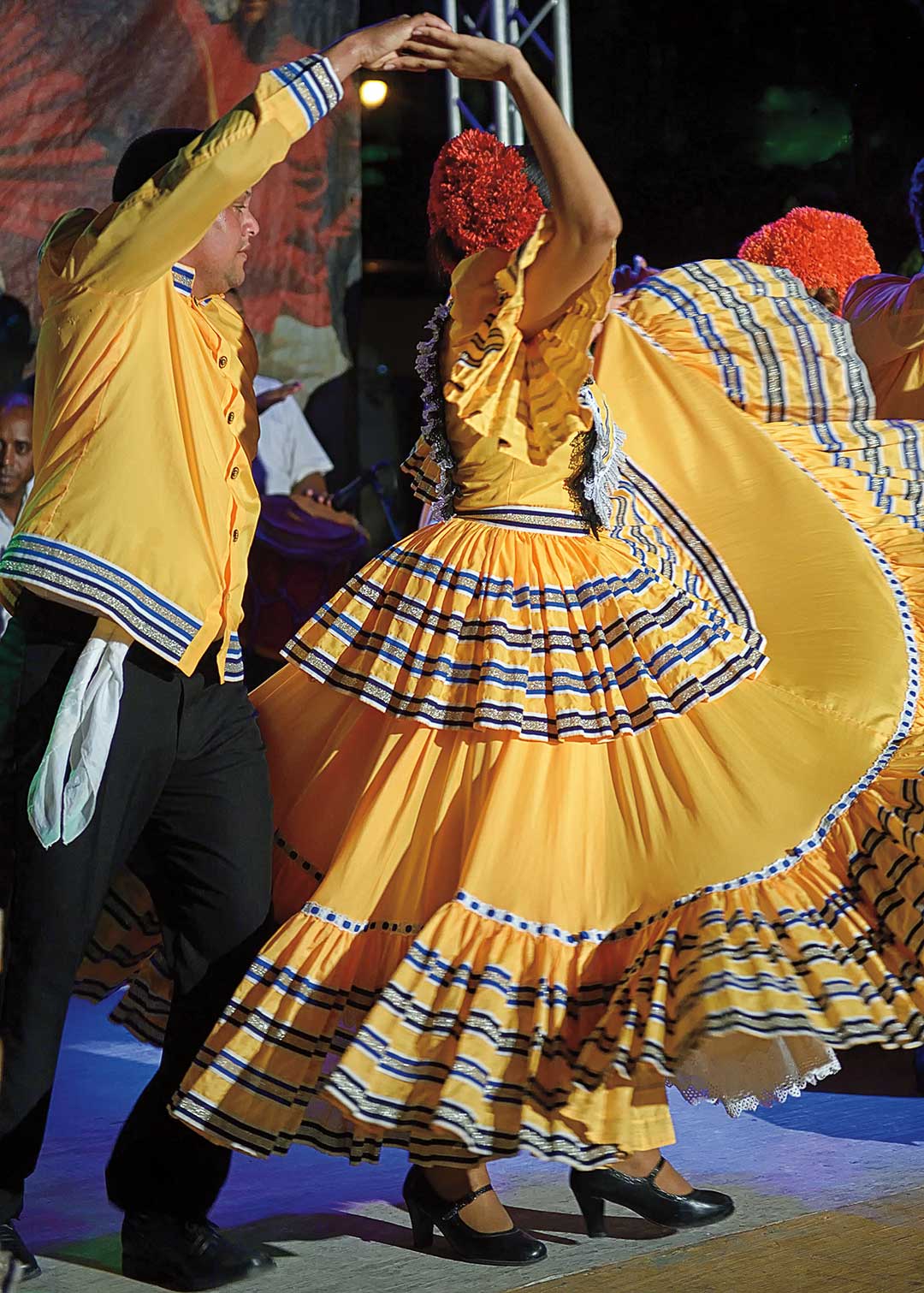The Main Principles Of Dance Fridays
Wiki Article
Not known Details About Dance Fridays
Table of ContentsExamine This Report on Dance FridaysDance Fridays Fundamentals Explained3 Simple Techniques For Dance FridaysDance Fridays Fundamentals Explained
Allow's think about Salsa dancing and songs as a huge Tree that appears like this: Salsa is danced worldwide while numerous technical facets of the dancing are the same throughout styles (6 actions over 8 beats danced on a quick-quick-slow or slow-quick-quick rhythm), there are numerous "trademark" attributes of the primary designs of Salsa that distinguish one from the various other.Couples taking part in an Online casino Rueda dance all relocations in unison as called by a Leader. Distinct features of Cuban style salsa are circular turn patterns (with "break back" actions on matters 1 and 5) as well as body motion motivated by conventional Afro-Cuban folkloric dancings. Distinct features of Cali style salsa is fast and detailed footwork, danced with a strong hand hold connection in between companions.
The beginnings of the design are a topic of dispute, yet it is said that New York design Salsa dance stemmed in the 1960's as a result of the increase of Latin American emigrants after the Cuban Revolution. Eddie Torres is the most well understood New york city design professional dancer, being almost widely attributed with popularizing the style to dance centres beyond New york city.
The fundamental rhythm of "On-2" is slow-quick-quick. The "youngest" of the styles of Salsa, L.A. Style (some individuals have called it "West Shore" design) became popular in the 1990's and has its origins in ballroom (Mambo, Swing and Cha, Cha, Cha). Turn patterns lead and comply with methods are heavily influenced by these styles, with the Cross Body Lead being the foundation of the style.
Some Ideas on Dance Fridays You Should Know
Design are execution of turn patterns and figures in the "slot", with the break actions on matters "1" and "5". This style is also identified by expensive and often detailed arm styling by the comply with to accent the "1" and "5" matters. The basic rhythm of "On-1" is quick-quick-slow. While Salsa music has strong origins in Cuban, Colombian and Puerto-Rican folkoric customs, it can not be discounted that all Afro-Latin and Latin American societies have actually contributed to modern Salsa songs as we understand it today.It's feasible that due to political reasons the contribution of Afro-Cuban society and heritage to modern Salsa in the 1960's and 70's is not extensively recognized, but it can not be neglected the huge contribution and influence of the "Queen of Salsa", Celia Cruz. A home name in Cuba and the Central Americas as a singer in the 1950's, Celia left Cuba for the united state

Today Salsa music is developed, carried out and popular globally. In 2000 the impact of Latin American music and culture (not simply Salsa) was recognized by the National Academy of Recording Arts and Sciences in the U.S (https://www.openstreetmap.org/user/salsacrazysf1). and the Latin Grammy Honors were produced. The Latin Grammy's have accentuated the Salsa Legends and contemporary Salsa artists alike
10 Easy Facts About Dance Fridays Described
identifying characteristics of Salsa songs are: 4/4 time trademark, Child Clave and Tumbao rhythms, Montuno Piano Unless you have a history in songs, the above 3 characteristics most likely suggest nothing to you. A less complicated way to define Salsa songs is how it does NOT seem like various other kinds of Latin American popular music.Bachata is a straight 4 beat dancing with a prevalence of a syncopated guitara line and a clear absence of any kind of "hard" piano, brass (trumpet, trombone) lines. Cha, Cha, Cha looks like Salsa songs one of the most as it feels like "really sluggish" salsa/mambo. salsa club san francisco. Cha, Cha, Cha can be identified by it's emphasis of the double tumbao beat on counts 4 +5 and 8 +1 (the "cha-cha-cha") You have actually been to a Salsa evening at a club and you're hooked you love the music, the energy, the look of 2 professional dancers sliding throughout the dancing flooring carrying out awesome spins and transform patterns
It's time for lessons. With numerous studios out there and various designs to pick from, where does a full novice begin? Many all new professional dancers pick to discover L.A. "On-1" style slotted Salsa styles are one of the most widespread in North America (with some exemptions of some metropolitan centres that still predominantly welcome Cuban and Puerto Rican designs) and L (https://triberr.com/salsacrazysf1).A
.A. Design will swiftly educate you the fundamentals of Salsa timing, weight transfer and turn pattern execution. Lots of professional dancers, as soon as they've had a year or two of dancing L.A. Design Salsa under their belts, "button" to New York design in order to diversify their dance vocabulary; yet lots of dancers decide to adhere to just one design of Salsa and enjoy their time on the dance floor in that specific design (salsa club san francisco).
Design and New York Style all being danced in the same club, with much of the professional dancers having the ability to switch over from one design to the various other from one tune to the next. No matter which design you choose it is necessary to adhere to that style till you're extremely comfy with the principles of timing, body rhythm and structure action implementation before taking into consideration "changing" styles (if you wish to).

Report this wiki page